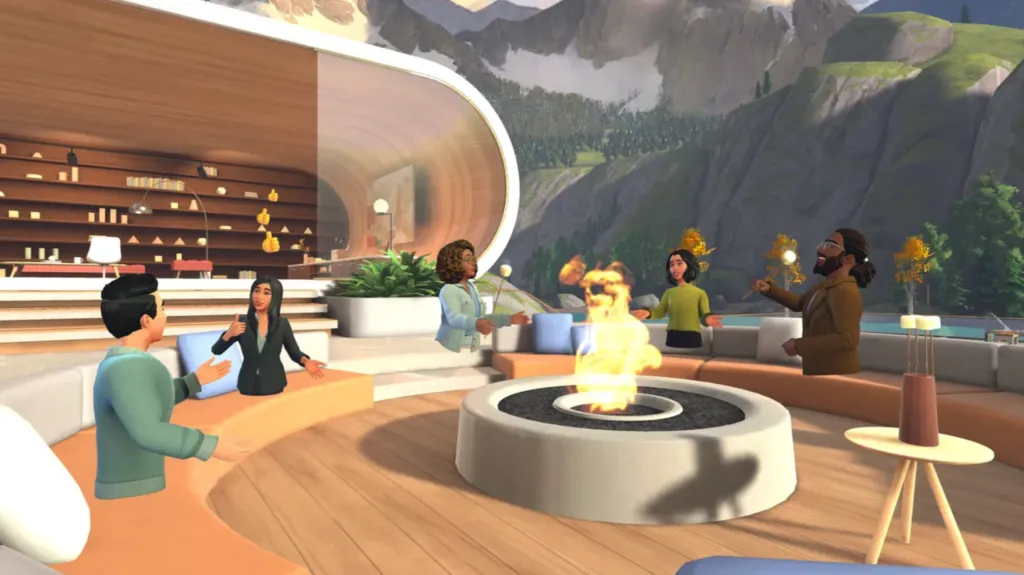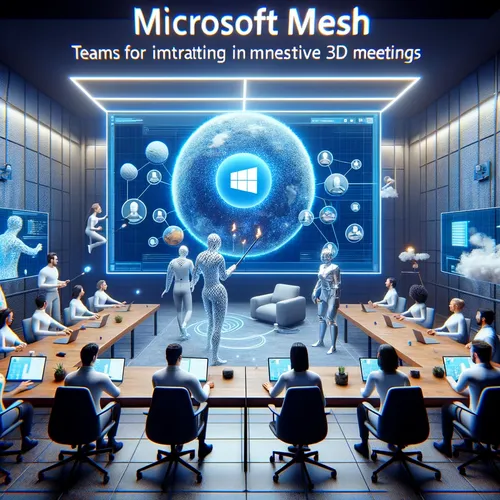
Knowledge base
November 12, 2023
Microsoft Teams: 3D Innovation in Virtual Meetings
Microsoft Teams takes virtual meetings to the next level with the integration of Microsoft Mesh, which allows team members to come together in a virtual space, without a VR headset. This innovation is a major shift from Microsoft’s original vision for Mesh, a platform on top of Azure, and marks a new phase in Microsoft’s VR/AR ambitions.
The Transformation of Microsoft Mesh
Despite recent changes in the company, such as the departure of HoloLens boss Alex Kipman and the closing of AltspaceVR, Microsoft Mesh remains as a separate platform, but now more integrated into Teams. According to Nicole Herskowitz, vice president of Microsoft Teams marketing, the goal is to integrate Mesh into people’s everyday work technology.
New Dimensions in Teams Meetings
With Mesh in Teams, users can roast virtual marshmallows and participate in interactive activities, creating a new form of team bonding in 3D environments. This integration makes Teams meetings more immersive, even without a VR headset, with 2D users appearing as a webcam window in a 3D environment.
Creating Natural Interactions
Microsoft uses spatial audio and audio zones in Mesh, allowing multiple people to converse simultaneously without drowning each other out. This promotes natural conversations that are often uncomfortable in standard Teams, Zoom or other meeting software.

Microsoft’s Ambitions in Mixed Reality and the Future of Mesh
Despite the challenges of convincing the world to adopt immersive meetings, Microsoft sees AR as a platform for the future, aimed at both frontline workers and information workers. The integration of Mesh into Teams strives to provide an experience beyond traditional meeting formats.
AI and the Future of 3D Meetings
Microsoft is adding AI to all its products, increasing opportunities for generative AI in 3D meetings. Yancey Smith, general manager of Microsoft’s mixed reality commercial and consumer businesses, explains that there are plans to use AI to generate whiteboards and objects in these virtual spaces.
Want to know more?
